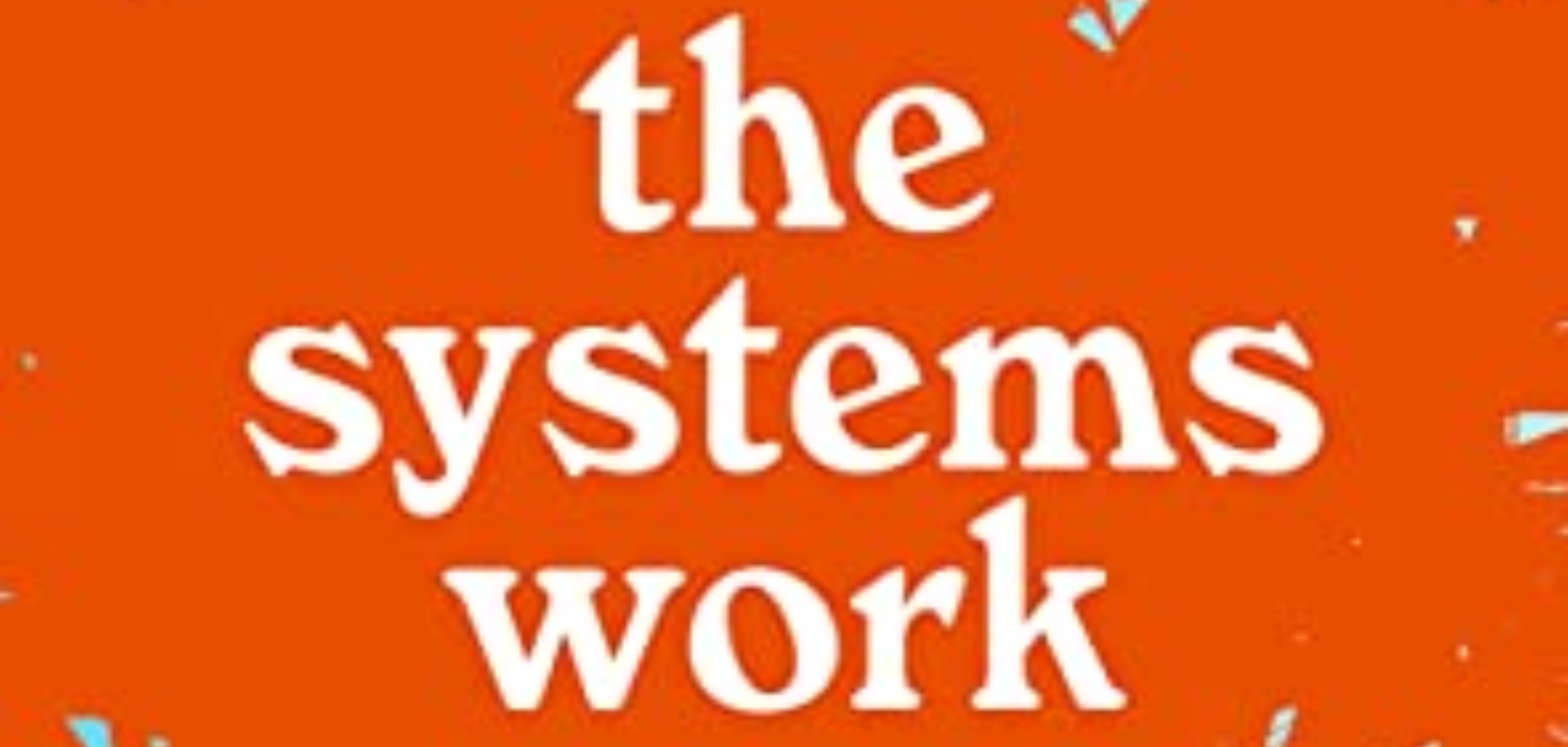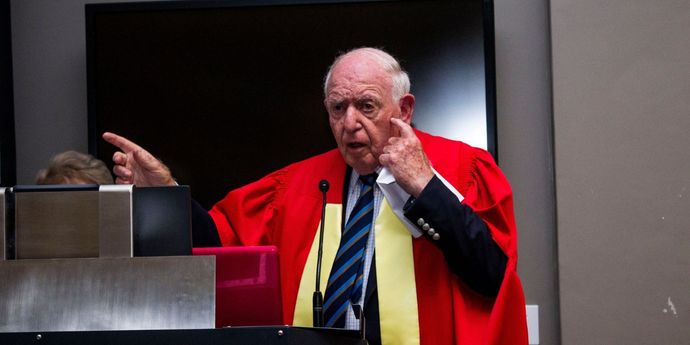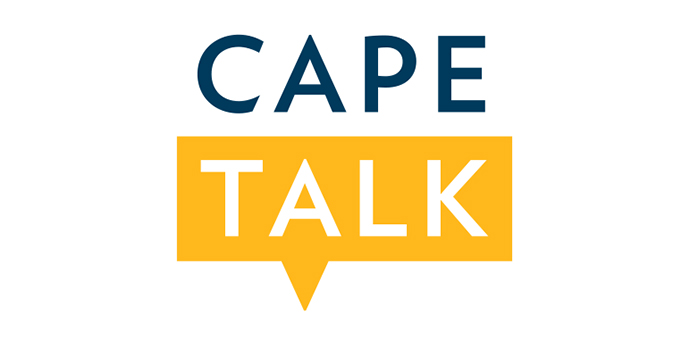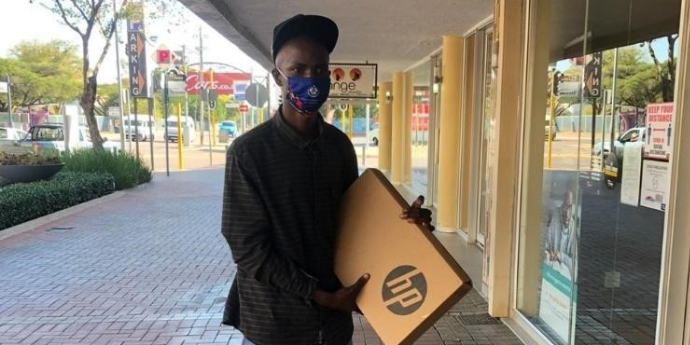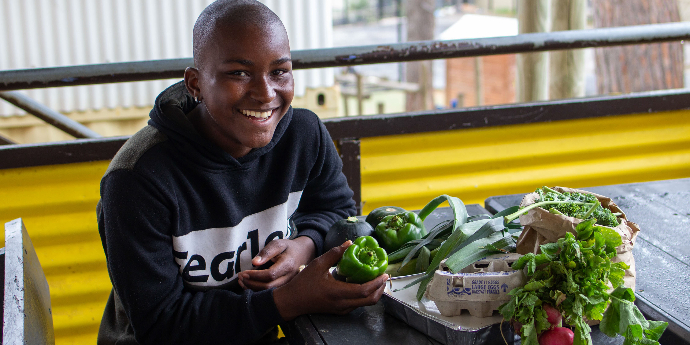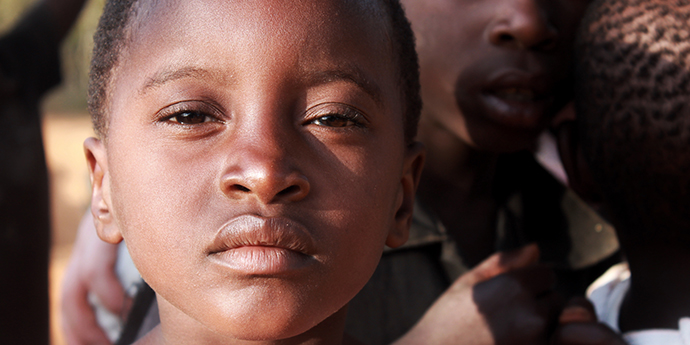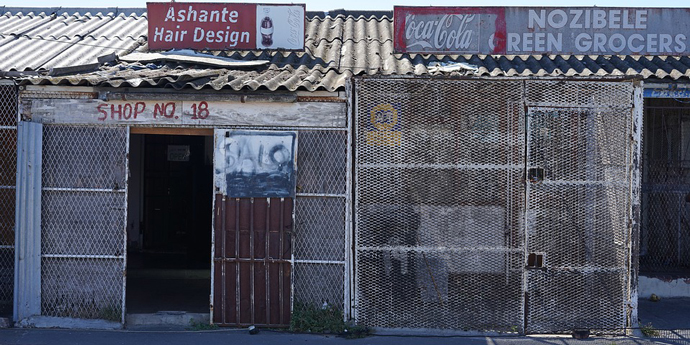An award-winning case study on local digital animation filmmaker, Triggerfish, has highlighted the absurdity of lack of access to funding for SMEs operating in the creative space.
From modest beginnings to a meteoric rise in digital entertainment, Cape Town-based Triggerfish Animation Studio is the producer of some of South Africa’s highest grossing films. Yet when it came to securing funding for their newest movie, CEO Stuart Forrest faced the same brick wall he faced with their debut back in 2008.
Best known for their box office hits Adventures in Zambezia, and Khumba, which together grossed US$50 million at the box office, as well as their multi-award-winning TV adaptations of Stick Man (2015), The Highway Rat (2017), and Roald Dahl’s Revolting Rhymes (2016), which was nominated for an Oscar, Triggerfish is arguably one of South Africa’s great export success stories. And yet Forrest has struggled to secure funding at every turn for these ventures, including for their latest film, Seal Team.
Since Pixar launched its first completely computer-generated feature film, Toy Story, in 1995, the industry has been on the up globally. Digital animation now commands around 20% of the film industry, totalling US$9 billion. Locally, Triggerfish is solid. It has over 160 full-time and contract employees working on feature films, service work for television, a gaming division, the Triggerfish Foundation, and an on-line academy to promote animation in Africa.
How could a company this successful in an industry doing that well struggle to raise finance?
So intrigued were we by this question that we decided to investigate and write up a teaching case study as part of the UCT Graduate School of Business’ case writing centre. These cases are used to illustrate key business lessons that are relevant to an emerging market context.
The Triggerfish case study, which recently won top honours in the prestigious 11th Emerald and Association of African Business Schools Case Writing Competition, casts fresh light on the funding challenges SMEs in South Africa face. Even before the advent of COVID-19, which is putting unprecedented pressure on this critical sector of the economy, SME funding has been notoriously difficult to come by, particularly so for creative business, such as film making.
With the number of government SME funding platforms including the Department of Trade and Industry, Small Enterprise Finance Agency, National Youth Development Agency — and now National Treasury’s Loan Guarantee Scheme (LGS) — South Africa is not short of official funding channels, but still the funds don’t flow. According to a study sponsored by the South African SME Fund, the credit gap for SMEs is between R86bn and R346bn.
A few banks offer loans to SMEs. But, says Entrepreneur Magazine, they struggle to serve SMEs as they treat business as a single market, and apply a one-size-fits-all approach. A pristine credit record, long delays and finance that doesn’t scale as a business grows areall disadvantages of typical of bank loans. Karl Westvig, CEO at Retail Capital, says “The best for SMEs are the non-bank lenders who have cash flow-based lending models and use risk scorecards and data-driven approaches.” According to Cape Business News, non-bank lenders such as Retail Capital, LulaLend, Cashflow Capital, and many others, have collectively lent an excess of R20bn to more than 100 000 SMEs over the last five years.
If there are few funding options for SMEs generally, there are even fewer for those in the film industry: “With its high cost and long investment horizons — film tends to scare off most traditional investors because of the large risk of producing a box office flop.” Forrest explained. Government agencies such as the Department of Trade and Industry (DTI), the Industrial Development Corporation (IDC) and the National Film and Video Foundation (NFVF) are seemingly the only financiers willing to invest in a South African film, and agreed to partially fund Zambezia. However, they not only wanted a return on their investment, they also had rigorous qualifying criteria and accompanying mandates which meant fighting red tape and clearing endless hurdles before getting the money. The balance Forrest had to source in America. Triggerfish’s second film, Khumba, was a 100 percent South African-funded, thanks to Spier Films joining the party.
Since these early lessons, Forest and his colleagues have explored other avenues to acquire funding for their creative ventures including partnering with Netflix. Video-on-demand (VOD) streaming sites are changing the way movies are consumed, but also the way they are funded, produced and distributed. Companies such as Netflix pay for the funding of original film or TV content and then distribute it globally through their platforms. By partnering with the world’s largest subscription streaming service, Triggerfish not only had financial security but could get back into the business of developing their own intellectual property and telling African stories. The result: Netflix’s first original animated African television series, Mama K’s Team, which came out of the 2015 pan-African talent search, The Triggerfish Story Lab.
But if Triggerfish wants to reap maximum returns and win accolades for their own intellectual property, they ideally need to gain control of distribution channels. “The ideal approach to making an independent film is to make it with private funding, nothing sold, to be presented at TIFF [Toronto International Film Festival] to all the distributors in one go and to have an auction and try to get one of the legendary bidding wars,” explained Forrest.
Quite simply, without private funders, these ideas don’t get to see lights, camera or action. And to date, Forrest and his team have not been able to solve this problem.
NFVF research shows that in the 2016/17 financial year, the South African film industry had a direct impact on the economy of R4.4 billion, increasing to R12.2 billion when the multiplier effect (indirect and induced impact) was included. The employment multiplier increased by a multiple of 4.9 for every R1 invested. In addition, 2018 research showed that the industry generated over 21,600 jobs. Clearly the film industry, which is well regarded both locally and internationally, has huge potential to contribute to South Africa’s economy—so what needs to change?
Triggerfish seems a model SME: agile, innovative, strategic, socially invested and successful, with a pipeline of African stories of global appeal to tell. The problem, it seems, lies in its operating environment: Government and private funders are just not getting the big picture. “Banks still won’t touch the film industry, and government funding has too many caveats, and besides, it’s more skewed to attracting foreign films than to supporting local production houses,” explains Forrest. A comparison between the continent’s two biggest film industries illustrates this point: Box-office revenues reached $12 million for Nigeria last year, with a third of the total going to local films. South Africa boasted a significantly larger revenue at $89.6 million for the same period, however only a paltry 3.8% went to South African productions.
Without a rapid acceleration and transformation in public and private funders’ support for local production houses, especially in the wake of the COVID-19 crisis, the South African film industry will flounder; the SME sector will lose a star player, and another opportunity to help build our economy will fade away.
Mikael Samuelsson is an associate professor and Geoff Bick is a professor, both at the UCT Graduate School of Business. Craig Lowman is a graduate of the MBA programme at the school.




